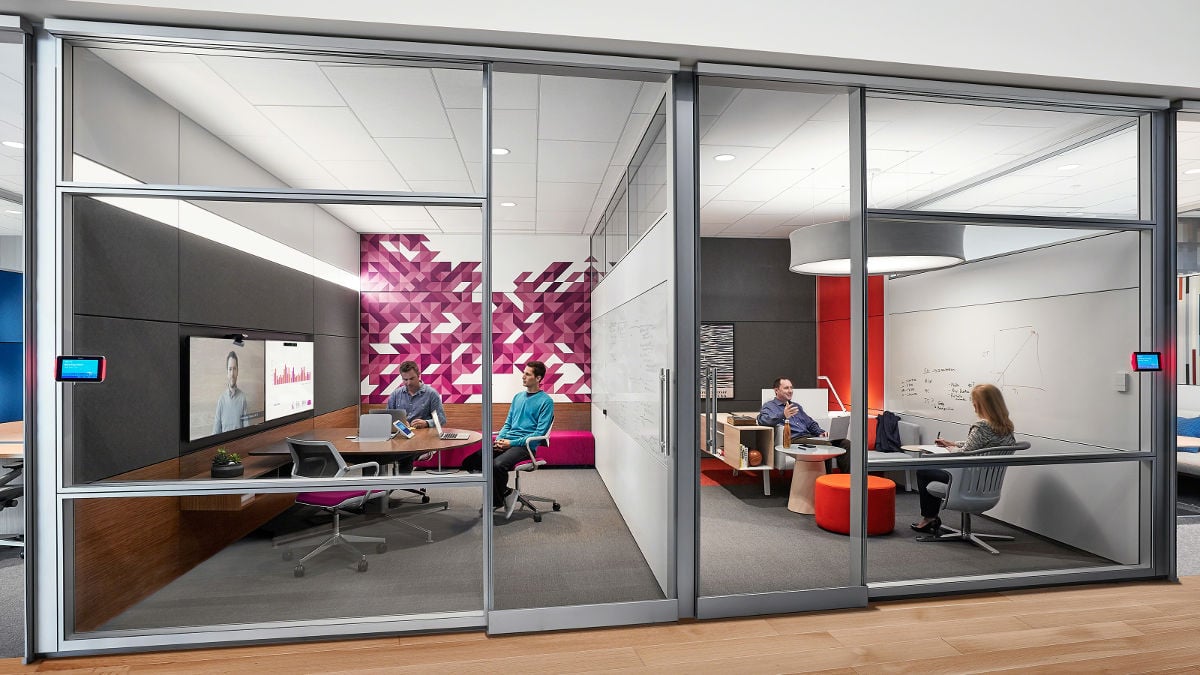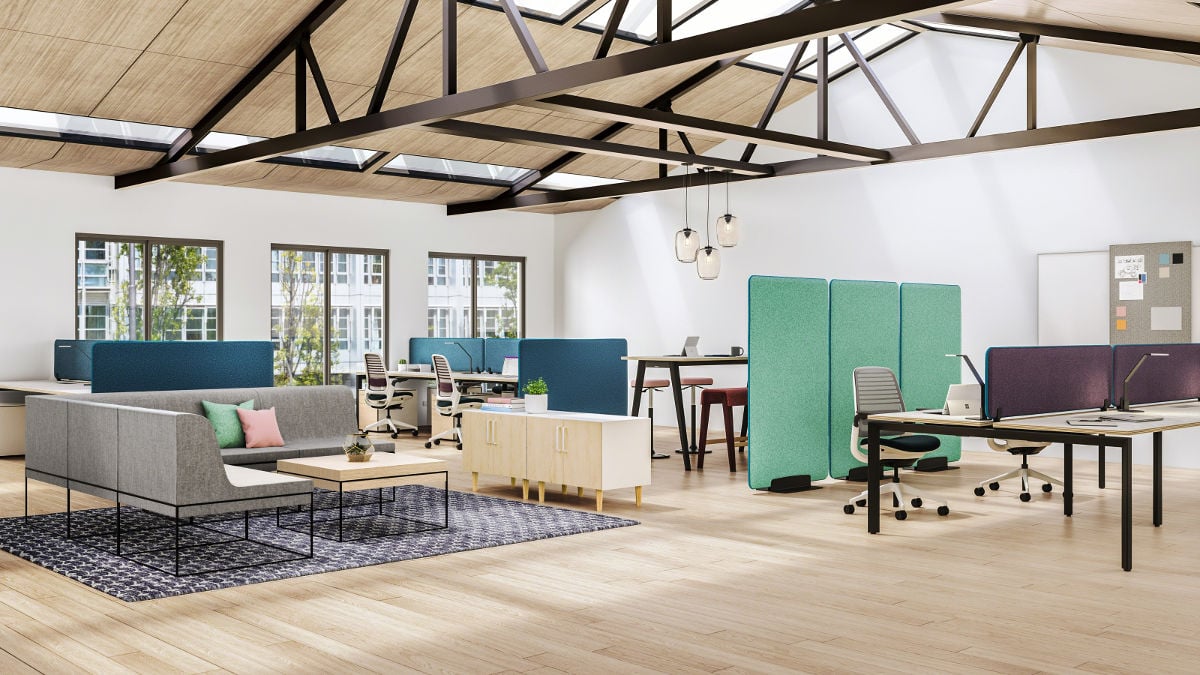The last 12 months have served as a powerful reminder of the valuable role of the office. The office is more than just a place to do work. It’s a place where we solve problems, collaborate and connect with others. And it fosters a sense of community and belonging that is so important to us as human beings.
Perhaps unsurprisingly, research shows that when it’s possible to do so, people do want to come back to the office - at least on a part-time basis. The Gensler UK Workplace Survey 2020 found 67% of UK office workers want a hybrid of home work and office work. Just 12% want to work at home full-time.
But the future office in a post-covid world needs to work harder to meet the needs of workers.
The impact of workplace design on attracting and retaining talent
“Organizations have nowhere to hide. They have to adapt to the needs of the modern workforce, or they will find themselves struggling to attract and keep great employees and therefore customers.” Gallup
Organisations are recognising more and more that workplace design has a direct impact on their ability to attract and retain the brightest people.
In recent years, job seekers have developed a more sophisticated understanding of the choices available to them in terms of office environments and working culture. And they are more able to identify the kind of workplaces and cultures that can most successfully support their ambitions.
Millennials are more likely than other generations to view the office environment as a top priority when choosing a company to work for. According to one study, a third of millennials choose jobs based on the office environment. This generation are happy to sacrifice a higher salary for a working environment that inspires them.
In a post-covid world, where people have heightened awareness of the value of the office, organisations must be more mindful of the importance of the workplace for attracting and retaining the best talent.
Time for an office renaissance?
Prior to the pandemic, workplace design was already becoming more geared towards the needs of the workforce. But the crisis has accelerated this momentum and organisations will need to embrace and adopt new ideas at a rapid pace.
Workers have become used to greater autonomy and will want more choice and control over how, when and where they work. And they'll be wanting to work in offices that give them the social connection they've been craving. Workplace design can support these needs.
“What’s needed is reimagining the workplace to build the places employees choose to work - not because they have to but because they want to. What’s needed is an office renaissance. The workplace has a critical role to play for organizations who intend to grow and thrive in the midst of constant change. It has to provide people with what they’re looking for to perform at their best, or they will find it elsewhere.” Steelcase
What workers want
The experiences people have had while working from home have shaped their expectations for what they want work to be like in the future.
Steelcase research uncovered five overarching needs that will drive what people need from the office:
- To feel safe
- To feel a sense of belonging
- To be productive
- To be comfortable
- To have greater control
So how can workplace design support these needs?
1. Safety
Greater emphasis will need to be placed on ensuring good air quality, cleanliness and providing physical boundaries.
More organisations are investing in air purifiers as a simple and cost-effective method for maintaining clean and healthy air. Air purifiers can have a profoundly positive effect on the welfare of your people and help create a healthy office environment.
2. Sense of belonging
Workers will need inspiring spaces that promote a shared sense of purpose and belonging and that foster meaningful interactions. Spaces like the work cafe, where people can connect informally and discuss work in a more relaxed, comfortable setting will be important.
Equally, the use of colour, aesthetics and artwork that are ‘on brand’ and make the most of the locality can help people feel connected to the space.
3. Productivity
The workplace of the future needs to support all modes of work, from collaboration to focused tasks, as well as easier access to tools and technology.

4. Comfort
To support physical wellbeing, more emphasis will need to be placed on furniture solutions that allow people to work in a range of postures, change settings, and to move throughout the day. Ergonomic task chairs as well as lounge chairs and stools help support different modes of work and personal preferences.
Other ways to improve comfort through workplace design include:
- Adding plants and greenery to relieve stress, reduce noise and improve air quality
- Using colour to affect mood and energy levels in different areas
- Providing quiet relaxation or contemplative spaces where people can destress and recharge
5. Control
The trend towards hackable spaces was growing before the pandemic, but the need for greater control over the workspace will be heightened now people have experienced the autonomy of working from home.
People will want flexible options to suit the task they’re doing or how they like to work personally, as well as control over the levels of privacy and noise. Think moveable furniture and screens, task chairs with adjustable features and height-adjustable desks.
“The most highly engaged employees have greater flexibility to make choices about where and how they work. They can move around the office easily, change postures and choose where they want to work in the office based on the tasks they need to do.”
In a post-covid world, where people may be feeling more disengaged or disconnected from months of working at home, it's crucial that the office provides a safe and inviting sanctuary. Moreover, the pandemic has forced people to stop and think about what they love about the workplace, and what they might want when choosing a place to work.
As Dr Tracy Bower and Gary Strehlke said in a recent Steelcase webinar, "Our experiences and responses today will have a significant ripple effect for years to come." The companies who consider the needs of the workforce when designing their workplaces, will be more likely to attract and retain the best talent, and thrive in the long-term.










